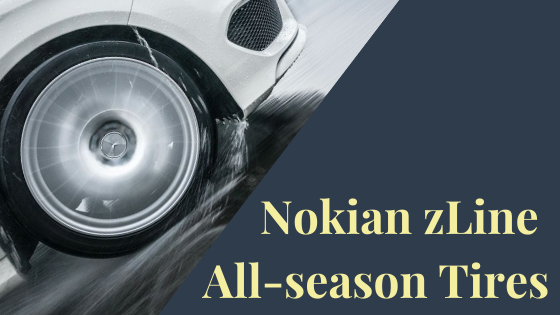There is not really any way using winter approved car tires when driving in winter conditions. To be able to drive safely in winter conditions you need tires that can provide sufficient grip on snow, ice and slush. You have to understand that tires are optimized for certain weather and temperature conditions. When you drive in these conditions, you will be safe. However, when you venture out of this interval, you might not be safe and most likely it will be dangerous to drive.
When you have tires that have the severe service emblem on the sidewall of the tire they have undergone and passed performance requirements on snow, this means that they are safe to drive with in winter conditions. If they don’t have the emblem, it means that they will not pass those requirements. If you don’t have grip on snow nor can make the car to stop in short distance, they are not safe to drive with.
All-season tires are great tires and do provide the safety on dry and wet roads on roads when the temperature is above 45 degrees Fahrenheit, when you go below this temperature the all-season tires become hard and will lose the traction they had at warm temperatures. This turns a perfectly safe tire into a tire that will not provide much in terms of safety on snowy and icy roads. This is why it is important to obey the intervals where the tire is good and change tires to a tire that will work in the conditions, which you will encounter when you drive. If you choose tires that are approved for winter conditions, so that they can provide the necessary grip and can keep you on the road and get your car to stop in time. This is why all-season tires should be paired with winter tires for the winter season.
For more information regarding winter tires that are approved for winter use, visit: https://www.nokiantires.com/
